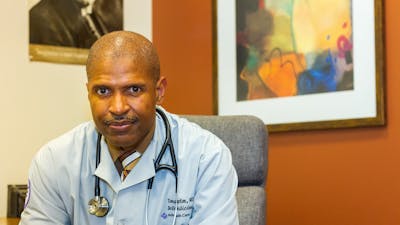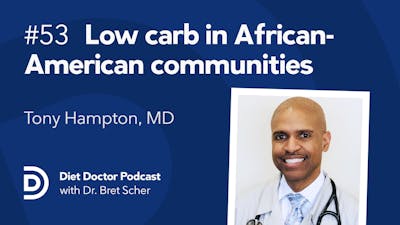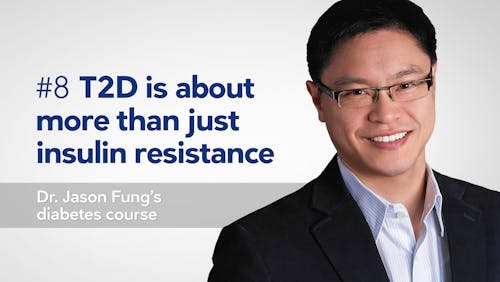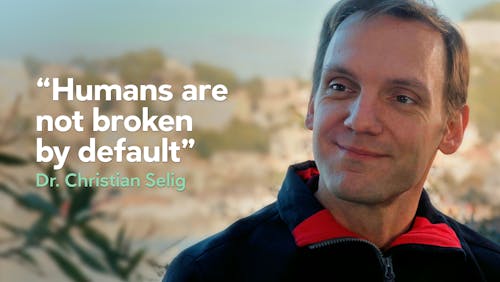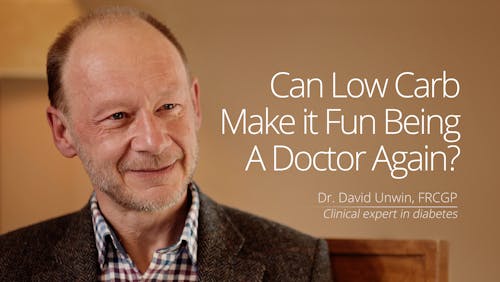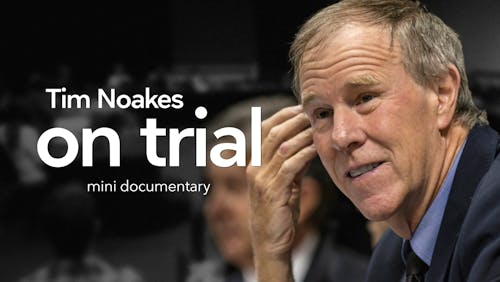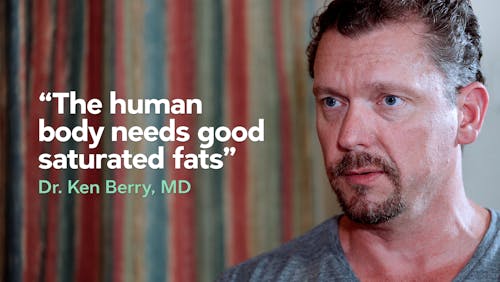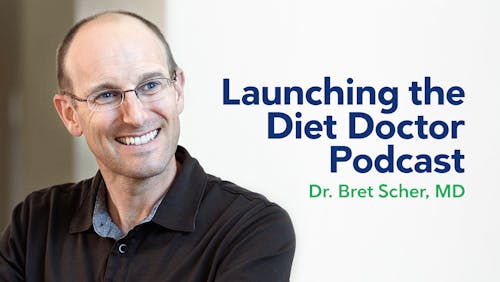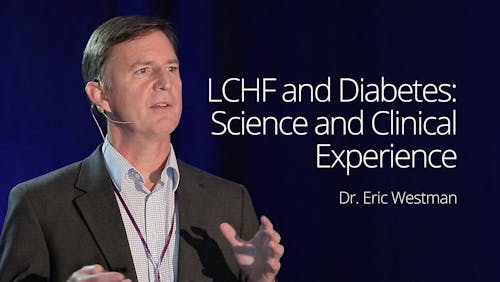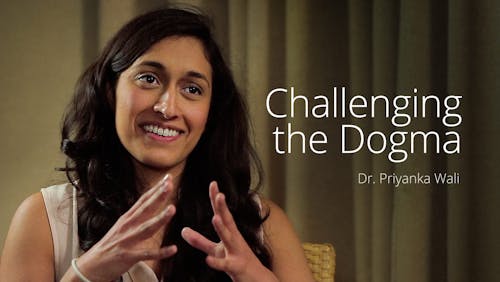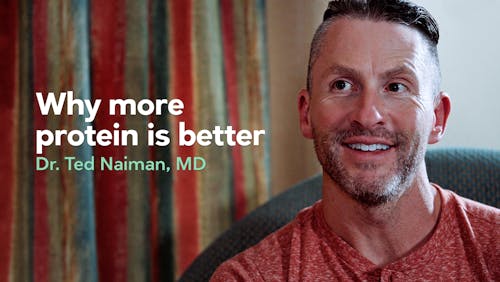Dr. Hampton: Exercise for better health
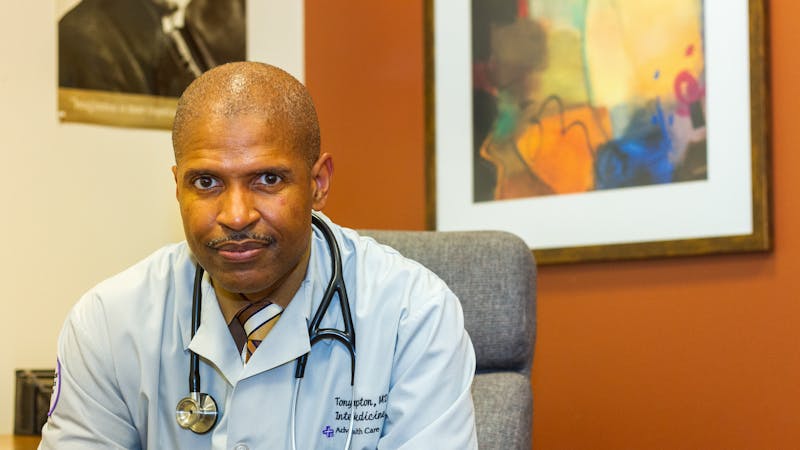
Photo: Spencer Bibbs
Dr. Tony Hampton is a family physician on the South Side of Chicago. He is writing a monthly column for Diet Doctor. This is his sixth column.
Is exercise a good way to lose weight? Unfortunately, no.
That may be disappointing to hear, but don’t stop reading. Exercise plays a key role in other ways to help you achieve better health. In my “Protect your N.E.S.T” approach to patient wellness, exercise is the important second letter. (To recap, N.E.S.T. stands for Nutrition, Exercise, Sleep/Stress, Thoughts/Trauma).
You’ve probably heard the saying, “You can’t outrun a bad diet.” And it’s true. If you want to shed excess pounds and get healthier, you’ve got to first change the way you eat. And it works. I’ve had patients who’ve lost 100 pounds by switching to a low-carb diet who never did any exercise at all. However, once they lost the excess weight and were feeling so much better, they found they naturally wanted to move more and add exercise into their lives.
Bodies thrive on movement
Exercise has many evidence-based benefits:
- Mental health: Exercise promotes the creation of positive endorphins, releasing stress and improving mood, helping reduce anxiety and improve symptoms of depression.
- Sleep: It improves sleep quality and resets circadian rhythms. (For more information on how to improve sleep, check out my previous column.)
- Energy: It increases energy levels throughout the day and fights fatigue. The more you exercise, the more energy you will have.
- Blood sugar: It helps muscles take up excess blood sugar, increasing insulin sensitivity and helping lower your blood glucose measurements over the day.
- Mobility: It builds muscle strength, flexibility, and balance — helping you keep mobile and preventing falls as you age. Did you know that elderly women with low muscle mass have significantly higher mortality than women with more muscles? Frailty kills.
- Metabolism: Physical activity helps increase your metabolic rate, especially if you build lean muscle. Plus it promotes the health and functioning of the mitochondria, the powerhouses of our cells.
- Circulatory system: It keeps blood vessels elastic and strengthens the muscles of your heart and lungs; it helps reduce blood pressure and reduces the risk of strokes. It increases blood flow to the brain and helps reduce the risk of dementia.
- Immune system: It can boost your immune system, providing anti-cancer benefits and helping you fight infections such as Covid.
- Weight maintenance: Exercise can help burn fat and improve body composition.
No pain, no gain?
Many people think that exercise has to be hard and vigorous to lead to benefits. That’s the whole “no pain, no gain” mentality. But that’s wrong. Any movement is good, especially if you like it and it makes you want to do it regularly.
Many patients tell me they simply dread working out — as if it’s a punishment or a form of torture. They put it off. To me, that means they are going at it too hard or they’re not doing a form of movement that brings them joy and release. Think of exercise as a form of play, just like the movement you did as a child. Exercise should be fun and enjoyable for you.
Did you know that less vigorous exercise actually burns more fat for fuel?
When you are working out very hard, where you can hardly catch your breath, your muscles use stored glycogen and blood glucose for their dominant fuel. But when you exercise at 50 to 60% of your maximum oxygen uptake (VO2 max), you use fat as the dominant fuel. You should be able to talk or sing as you work out. If you can’t, you may be going at it too hard.
High-intensity exercise has other health benefits, but that doesn’t mean it is the only way to exercise!
So don’t feel you have to kill yourself in the gym, like a contestant on The Biggest Loser. Any movement is good.
Getting started
If you’ve not been exercising for months, or even years, getting started can feel like a mental block that is hard to get past. Here are a few ideas to get you on your way.
- Try Diet Doctor’s Let’s Get Moving beginner exercise video led by Jonas Colting, a Swedish triathlete. It’s a great introduction to easy movements.
- Find an accountability partner, like a family member or a friend. Booking a time to walk or work out with a friend not only helps ensure you do it, but also makes it more of a social outing.
- Start with easy movements. Whatever you’re doing, slowly make it harder. Have a long-term horizon. You don’t wake up one day and run a marathon; you gradually build towards it. Do a little bit more each time.
- A walk on flat ground is a great way to start. You can up the speed, the distance, or the hills as you improve. To start, even 10 minutes is good. That’s 10 minutes you would not have done.
- Don’t become obsessive. Plan for recovery and downtime. Your body needs time to rest and repair.
And yes, walking is good enough. As you get stronger maybe add some light weights to your arms. I like to think of it as walking towards metabolic wellness. Any step you take is a step in the right direction.
Safe and inviting exercise
Where I live, in the South Side of Chicago, it can be hard to access gyms, parks, or streets that you feel safe running or walking on during all times of the day.
If that’s the case, then turn on some music and dance in your kitchen. Or download an inexpensive exercise app or move to a video program. Resistance bands are also a cheap but effective way to strengthen muscles. No gym required.While I like working out in a gym with weights, with my busy life (and with Covid), it is not always possible to get to a gym.
So I have a simple routine that I can do anywhere and it consists of just three exercises. I do as many push-ups as I can, then I do as many deep squats, and then as many pull-ups. (I have a pull-up bar set up in a doorway.) Then I repeat that three times. This trio of simple exercise hits all my major muscle groups.
Sometimes I put my dinner in the oven — like an easy sheet pan meal that cooks for about 40 minutes. Then, while it’s cooking, I do my exercises.
Dr. Ted Naiman has a great beginner exercise video for Diet Doctor, where he shows how to use your own body, in a tiny square of a cruise-ship room, to build strength and flexibility. For example, if you are just starting out, do push-ups against a wall or then a table rim. Then, once you get stronger, you can get down on the floor and do standard push-ups.
Don’t forget to stretch and cool down after working out. If you’re running, for example, don’t just come to a dead stop; walk for the last little bit before you stop. Cooling down protects your heart and muscles.
What’s your favorite way to exercise? What’s your best tip? Share it in the comments.
Until next time, remember to protect your N.E.S.T.

